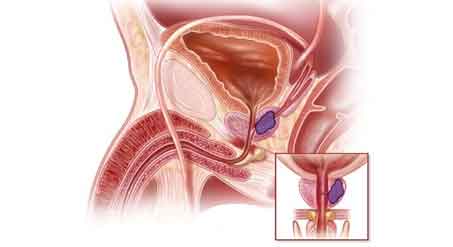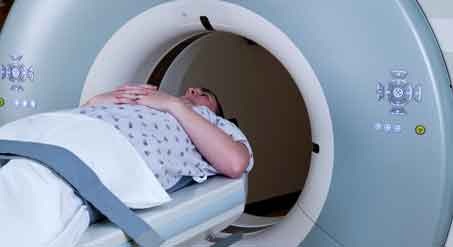Today many men choose some form of external beam radiation therapy over surgery to treat their prostate cancer. But can a rising or falling PSA (prostate-specific antigen) level after radiation treatment predict whether the cancer will return?
According to a study published in the International Journal of Radiation Oncology/Biology/Physics (March 16, 2006), the answer is yes: The longer period of PSA fall and lower PSA nadir predicts a higher chance of disease-free survival, find more info.
Standard Care, Post Treatment

After radiation treatment, doctors typically measure the PSA level every three months in a patient for the first year, and every six months thereafter. During the first year or two, patients normally experience a decline in their PSA blood test score. If the PSA level steadily decreases and stays relatively level after reaching its low point, then the treatment is considered a success.
However, if the PSA reaches a low point and then begins to steadily rise, the patient may be having a reoccurrence of the cancer, which could require additional treatments such as a hormonal blockade.
The PSA Bounce
One exception is the phenomenon of the widely-seen PSA “bounce,” where the PSA level rises shortly after treatment. But this bounce does not indicate the cancer is returning. Nor does it suggest that the patient will die of prostate cancer any sooner than patients without a bounce, according to Eric M. Horiwitz, MD, from Fox Chase Cancer Center in Philadelphia, PA, in an article in Medscale Medical News.
Dr. Horowitz found that about 20 percent of patients who are treated with radiation therapy experience the non-threatening and temporary PSA bounce.
Other Key Findings In The Study
Patients who had lower PSA scores:
- Experienced an eight-year disease-free survival rate of 75 percent, compared with only 18 percent for those with the highest PSA scores.
- Had a 97 percent distant metastasis-free survival rate, compared with 73 percent for those with the highest PSA scores.
However, the study also indicated that, when a PSA is falling, there is no specific number that predicts future survivability.
“While there is no magic number for the PSA that guarantees that prostate cancer has been cured in an individual patient, in general, the lower the PSA number, the better chances that the cancer will not return or spread,” said Michael E. Ray, M.D., Ph.D., lead author of the study and a radiation oncologist at the University of Michigan Medical Center.
Higher Dose Radiation Raises Cure Rate

In the 2006 study — conducted on nearly 5,000 radiation patients treated in nine academic U.S. radiation oncology departments — standard doses for external beam radiation of the prostate were at or below 60 Gy.
Yet since then, radiation doses are often at or well above 70 Gy, due to the high-dose delivery systems in newer 3-dimensional conformal radiotherapy, intensity-modulated radiation therapy (IMRT), and Imaged Guided Radiation Therapy (IGRT). Studies have shown that a higher dose of radiation (at or above 70 Gy) significantly improves chances of the cancer not returning.